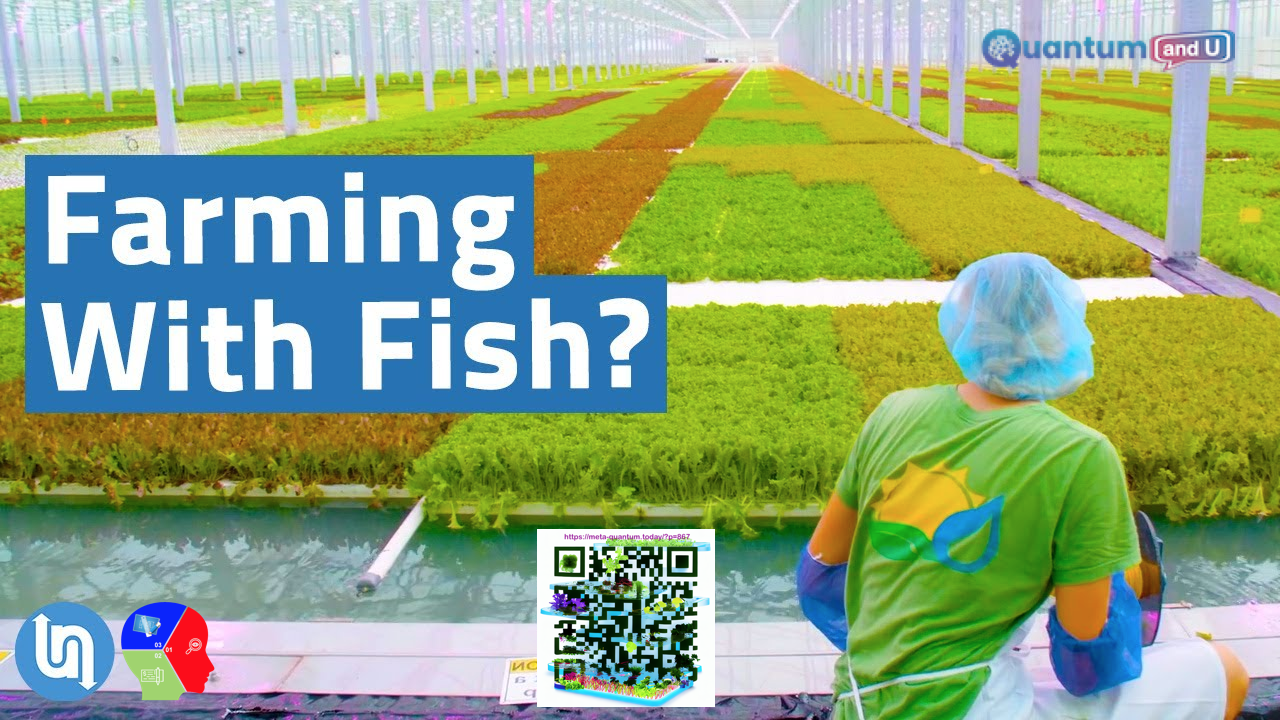
Introduction:
The video, hosted by Matt Ferrell, explores the world of aquaponics as an alternative to traditional farming, amidst increasing global concerns of water scarcity and unsustainable agricultural practices. Matt discusses the environmental impacts of current farming methods, highlighting the overuse of water, chemical fertilizers, and pesticides, and their damaging effects on ecosystems, including deforestation and biodiversity loss. He introduces aquaponics, a system that merges aquaculture and hydroponics, as a potential solution to these environmental issues. This system reduces water and soil usage and eliminates the need for chemical fertilizers, creating a sustainable cycle where fish waste feeds plants and plants purify water for fish. Matt highlights the scalability of aquaponics, suitable for home systems, urban rooftops, and large commercial installations. In conclusion, the video positions aquaponics as a promising solution in the quest for sustainable farming and a potential game-changer in the fight against the environmental crisis caused by current agricultural methods.
Related Sections:
- The Need for Sustainable Agriculture:
The video highlights the pressing challenges faced by traditional agriculture, including deforestation, soil erosion, water depletion, and climate change. It emphasizes the necessity of finding innovative, sustainable farming techniques to address these issues and meet the increasing food demand of a growing global population. - Understanding Aquaponics:
Aquaponics is explained as a combination of aquaculture (fish farming) and hydroponics (growing plants in water). The system utilizes fish waste, which is converted into nutrients for plants by beneficial bacteria. The plants, in turn, act as a biofilter, purifying the water for the fish. The video explores different types of aquaponics, including deep water, vertical farming, and nutrient-based beds. - Advantages and Challenges of Aquaponics:
The benefits of aquaponics are discussed, such as reduced water consumption (up to 90% less compared to traditional agriculture), efficient space usage, and a continuous cycle of nutrient recycling. However, potential challenges are highlighted, including disease control, maintaining optimal pH levels, population control for fish and plants, and vulnerability to system-wide failures. - Scalability and Economic Viability:
Aquaponics is presented as a scalable technology suitable for small-scale setups to large industrial operations. It has the potential to make use of non-arable land, reduce transportation costs, and provide both fish and vegetables in the same system. However, the economic viability of aquaponics remains a point of discussion, as initial startup costs can be high, and competition with traditional agriculture’s cost advantages may be challenging.
Conclusion with Takeaway Key Points:
The video concludes by emphasizing the potential of aquaponics to address some of the pressing issues facing modern agriculture, such as water scarcity and limited arable land. It highlights the environmental benefits of the system and its capacity to provide sustainable food production. However, the economic viability and scalability of aquaponics require further exploration and refinement to fully determine its potential as the future of agriculture.
Takeaway Key Points:
- Aquaponics combines aquaculture and hydroponics to create a self-sustaining system for food production.
- The system mimics a natural ecosystem, allowing for water reuse and reduced water consumption.
- Challenges include disease control, maintaining pH levels, and managing population dynamics.
- Aquaponics offers potential benefits in sustainable food production, but economic viability and scalability need further research and consideration.


